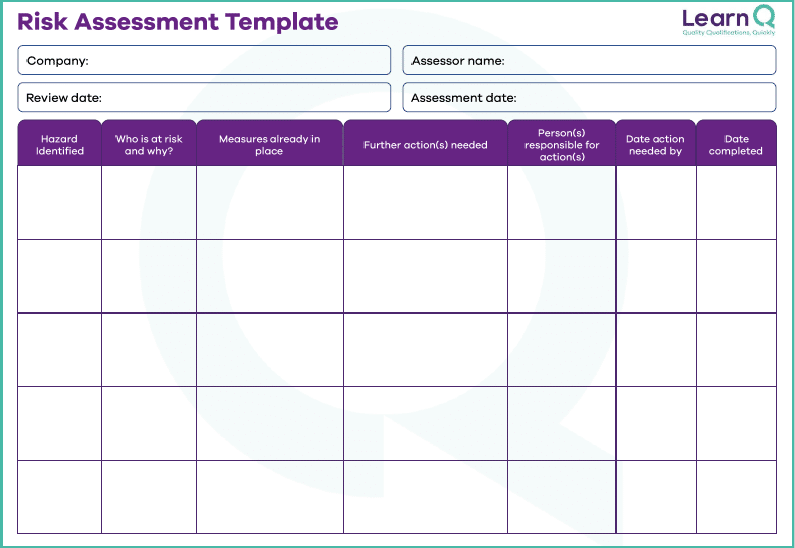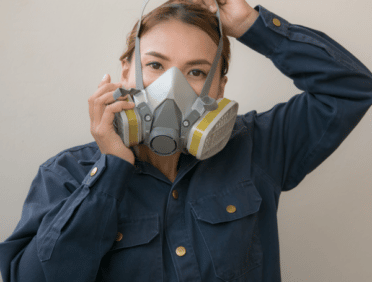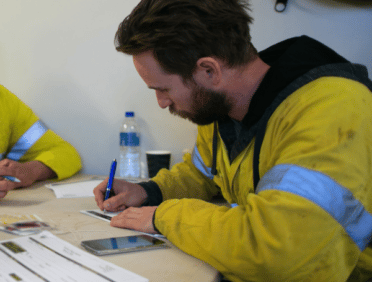Risk assessments are important to businesses for several reasons:
- Legal compliance: Many industries are subject to legal requirements for risk assessment, and failure to comply can result in legal and financial consequences.
- Protecting employees and customers: Risk assessments help identify potential hazards in the workplace and enable businesses to take steps to protect their employees and customers from harm.
- Cost savings: By identifying and mitigating potential hazards, businesses can prevent accidents and incidents that may result in lost productivity, increased insurance premiums, or legal liabilities, ultimately saving costs.
- Reputation management: A business that prioritizes safety and proactively manages risks is more likely to maintain a positive reputation and attract customers and employees who value safety.
- Continuous improvement: Risk assessments can identify areas for improvement and help businesses continually improve their processes and operations, ultimately leading to greater efficiency and productivity.
Overall, risk assessments are a critical component of effective business management, enabling businesses to identify potential hazards and take steps to protect their employees, customers, and reputation while improving efficiency and productivity.
Regardless of your industry; food, hospitality, office, finance, care, construction, trade, it is beneficial to carry out regular risk assessments so that you can identify risks and put measures in place to mitigate them.
To help you, you can download our FREE Risk Assessment Template by clicking here.
To download a .pdf of this blog, please click here












